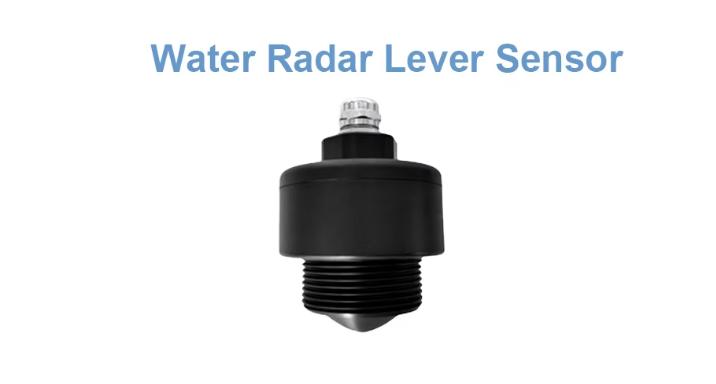As the demand for sustainable practices in aquaculture and agriculture rises, radar level sensors are gaining traction as essential tools for monitoring water levels and enhancing resource management. These advanced sensors use non-contact radar technology to provide accurate and real-time data on water levels in various applications, making them invaluable for farmers and aquaculture operators alike.
1. Understanding Radar Level Sensors
Radar level sensors operate based on the time it takes for a radar signal to reflect off the surface of a liquid and return to the sensor. This technology allows for precise measurement of water levels without the need for direct contact with the liquid, minimizing wear and tear and ensuring long-term reliability. Unlike traditional methods, radar sensors are not affected by temperature, pressure, or vapor, making them ideal for challenging conditions often found in agricultural and aquacultural environments.
2. Benefits in Aquaculture
In aquaculture, maintaining optimal water levels is crucial for the health of fish and other aquatic organisms. Radar level sensors facilitate:
-
Real-time Monitoring: Operators can continuously monitor water levels, ensuring that tanks and ponds maintain the appropriate levels for fish health.
-
Improved Feed Efficiency: By accurately gauging water levels, farmers can better control feeding strategies, leading to reduced waste and improved feed conversion rates.
-
Water Quality Management: Consistent water levels help stabilize temperature and oxygen levels, which are crucial for optimal growth conditions.
3. Impact on Agriculture
In agricultural practices, radar level sensors contribute significantly by helping to:
-
Optimize Irrigation: By providing real-time data on soil moisture and water levels in irrigation systems, farmers can optimize their water usage, leading to higher crop yields and reduced waste.
-
Prevent Flooding: Early detection of rising water levels in fields can prevent crop damage and loss by enabling timely intervention.
-
Enhance Sustainability: Improved water management practices help conserve this essential resource, aligning agricultural operations with eco-friendly practices.
4. Integration with Smart Farming Technologies
The integration of radar level sensors with other smart farming technologies, such as IoT devices and cloud-based platforms, enhances their effectiveness. Farmers can access real-time data via mobile apps, allowing for immediate decision-making based on current conditions. This synergy promotes data-driven farming, leading to increased efficiency and productivity.
5. Complete Solutions for Monitoring
To support comprehensive monitoring solutions, Honde Technology Co., LTD. offers a complete set of servers and software wireless modules that facilitate communication through RS485, GPRS, 4G, WIFI, LORA, and LoRaWAN. These advanced communication options enhance connectivity and data transmission for radar level sensors, ensuring seamless integration into existing systems.
6. Case Studies and Success Stories
Recent case studies demonstrate the efficacy of radar level sensors in both aquaculture and agriculture. For instance, a large aquafarm in Southeast Asia implemented radar sensors to monitor their fishponds, resulting in a 20% increase in fish growth rates and a significant reduction in operational costs. Similarly, a vineyard in California adopted radar technology to optimize their irrigation practices, leading to reduced water usage and improved grape quality.
7. Looking Ahead
As climate change and water scarcity issues continue to grow, the demand for innovative water management solutions will only increase. Radar level sensors are positioned to play a critical role in meeting these challenges within aquaculture and agriculture. Their accuracy, reliability, and integration capabilities make them a smart choice for future-oriented farming practices.
Conclusion
The rising popularity of radar level sensors in aquaculture and agriculture signifies a shift toward smarter, more sustainable water management techniques. As farmers and aquaculture operators increasingly rely on technology to optimize their operations, radar level sensors will undoubtedly play a pivotal role in the evolution of these industries, contributing to improved efficiency and sustainability.
For more information about radar level sensors and their applications, please contact Honde Technology Co., LTD. at info@hondetech.com or visit their website at www.hondetechco.com. You can also reach them by phone at +86-15210548582. Explore how these systems can benefit your operations and help you achieve your water management goals.
Post time: May-16-2025


